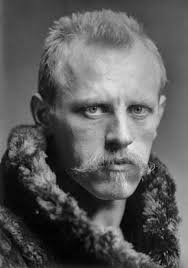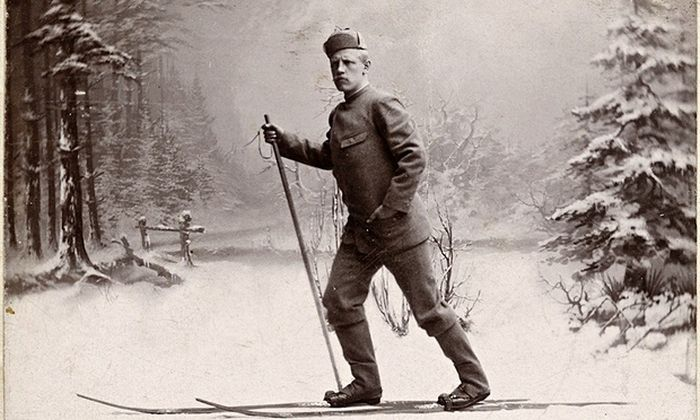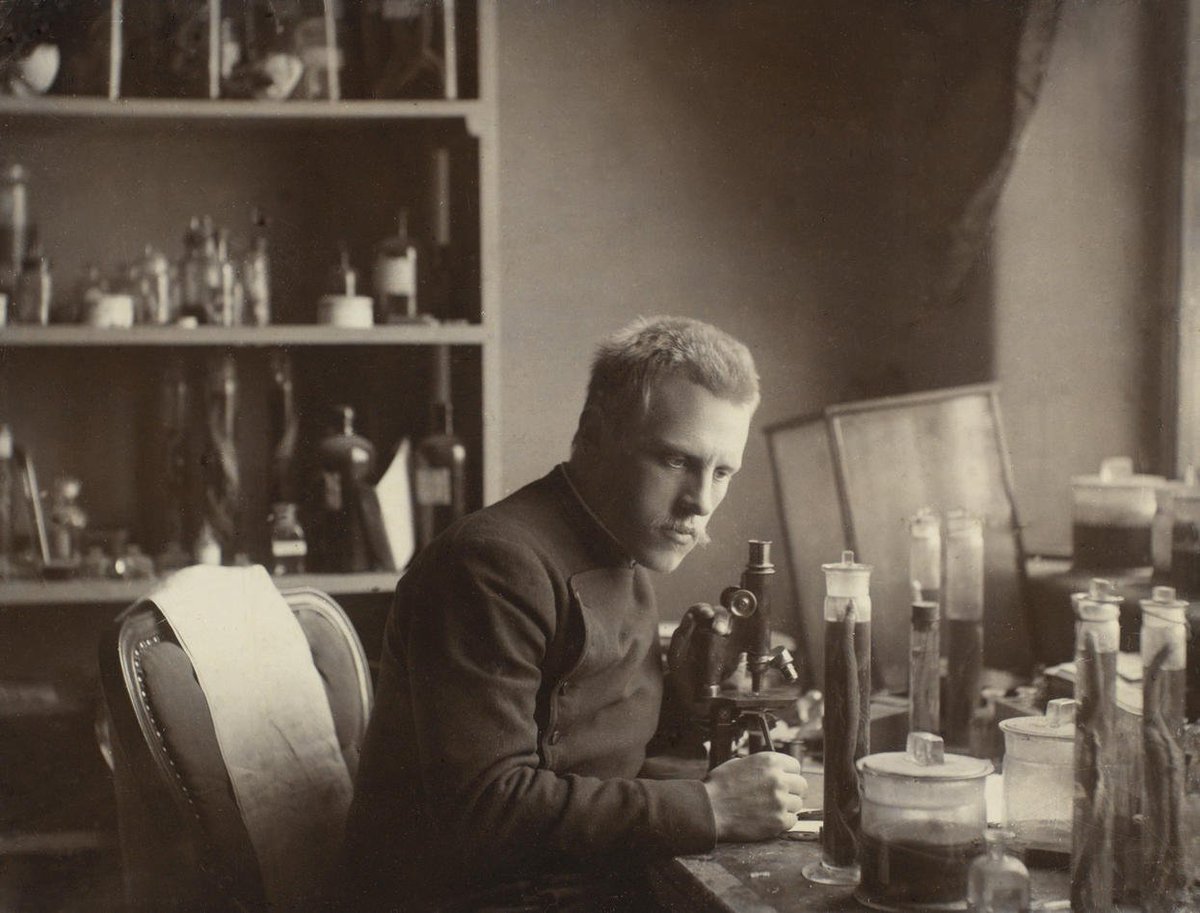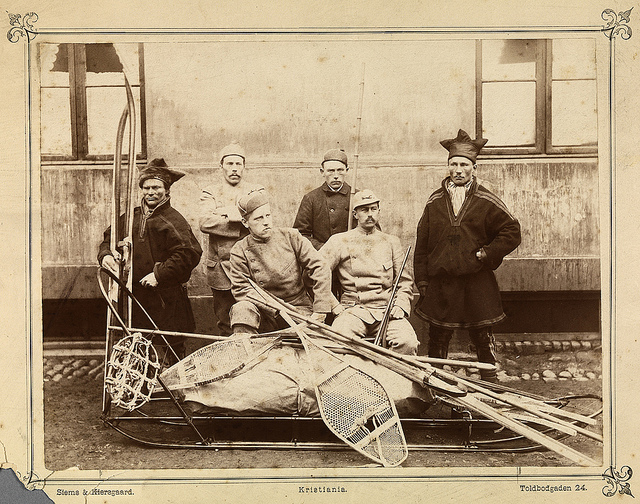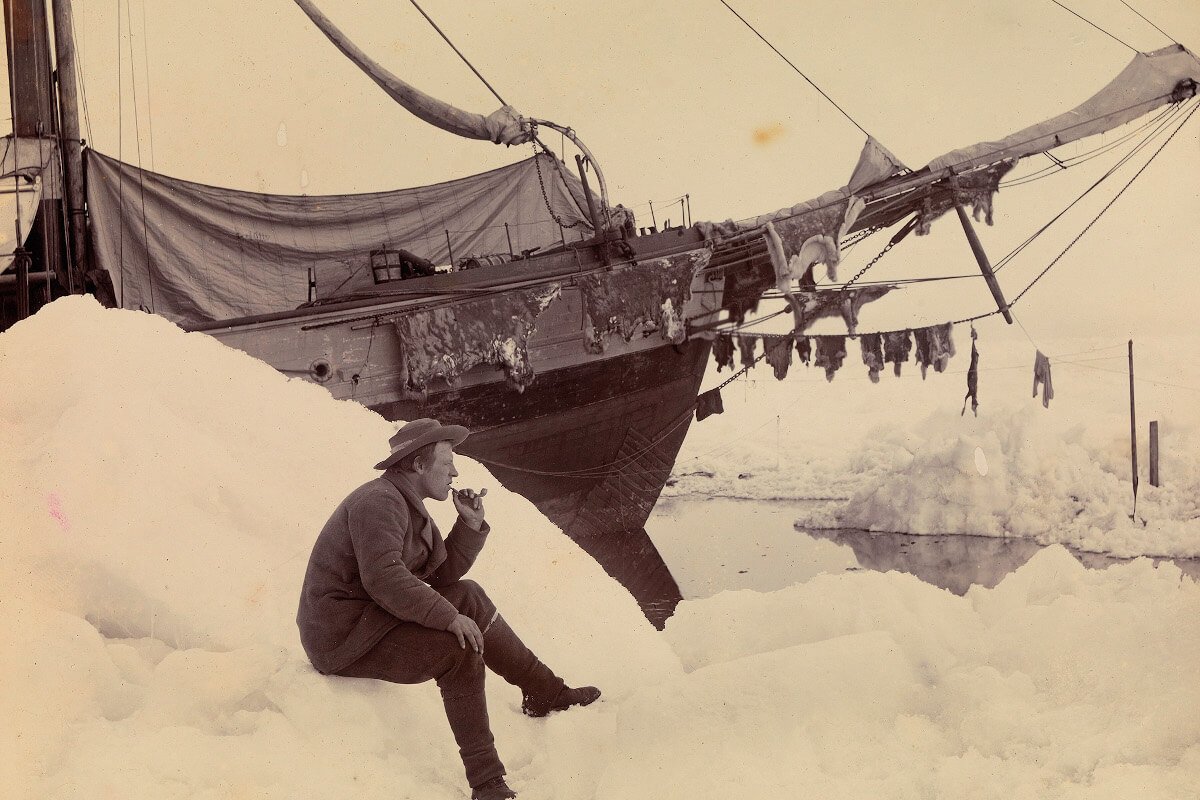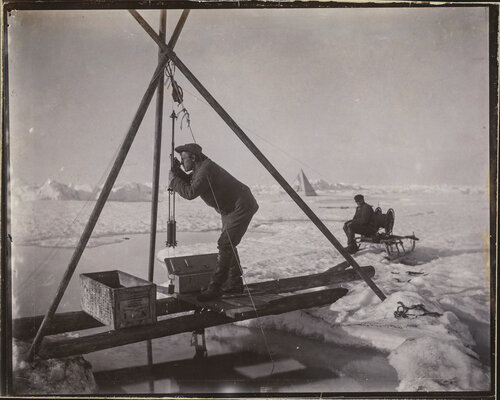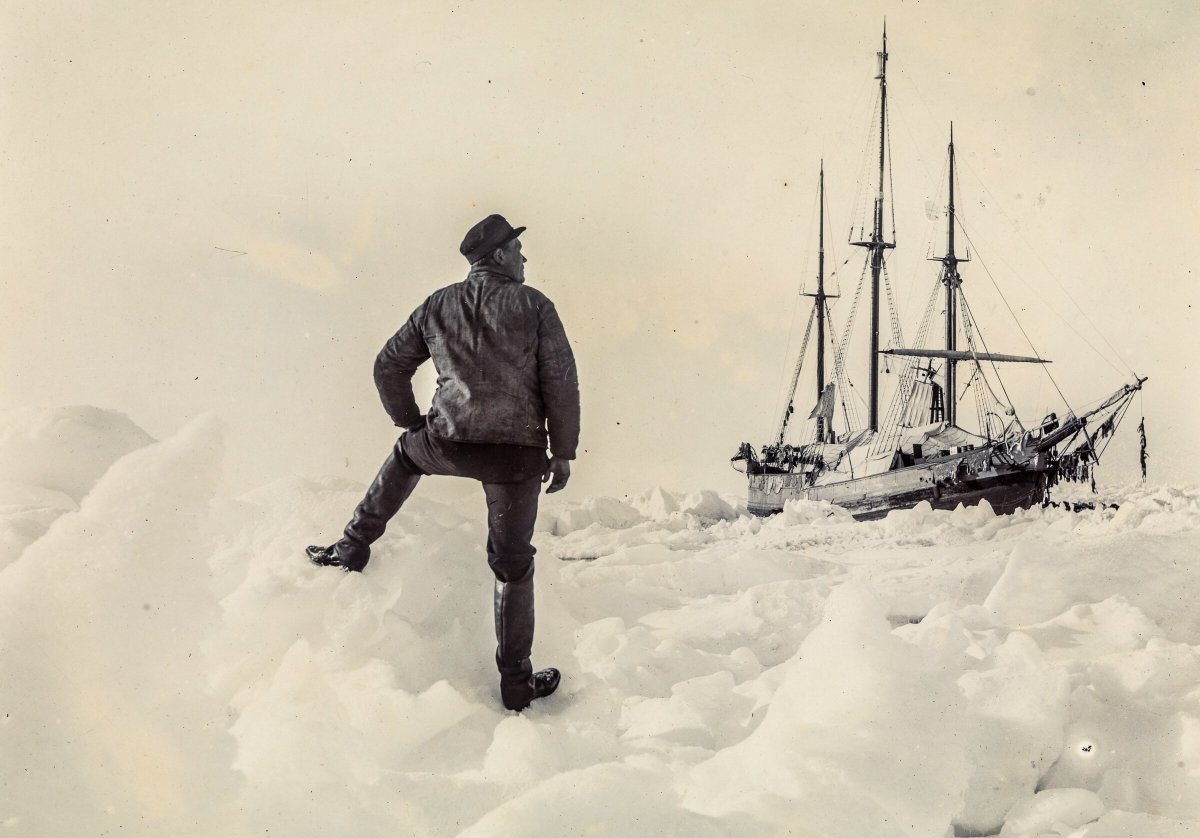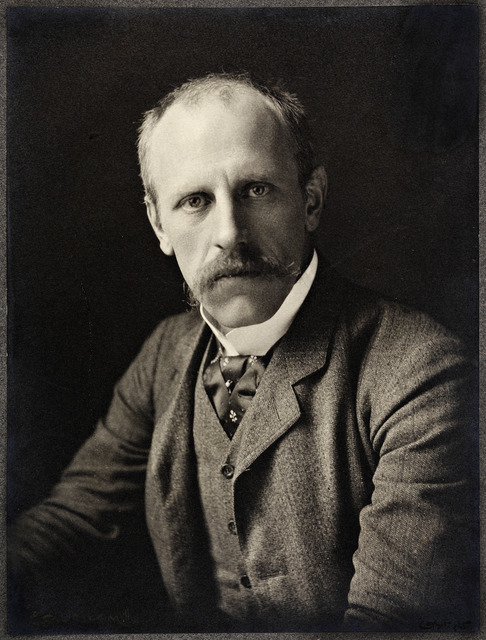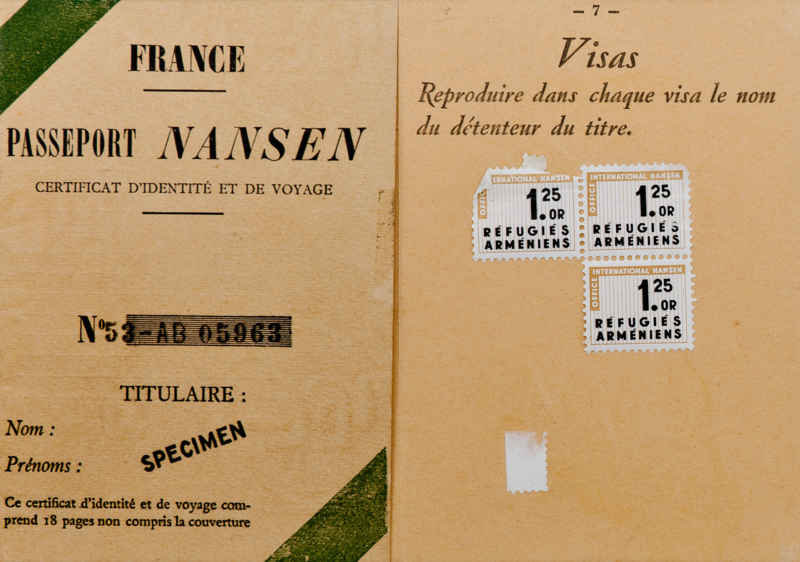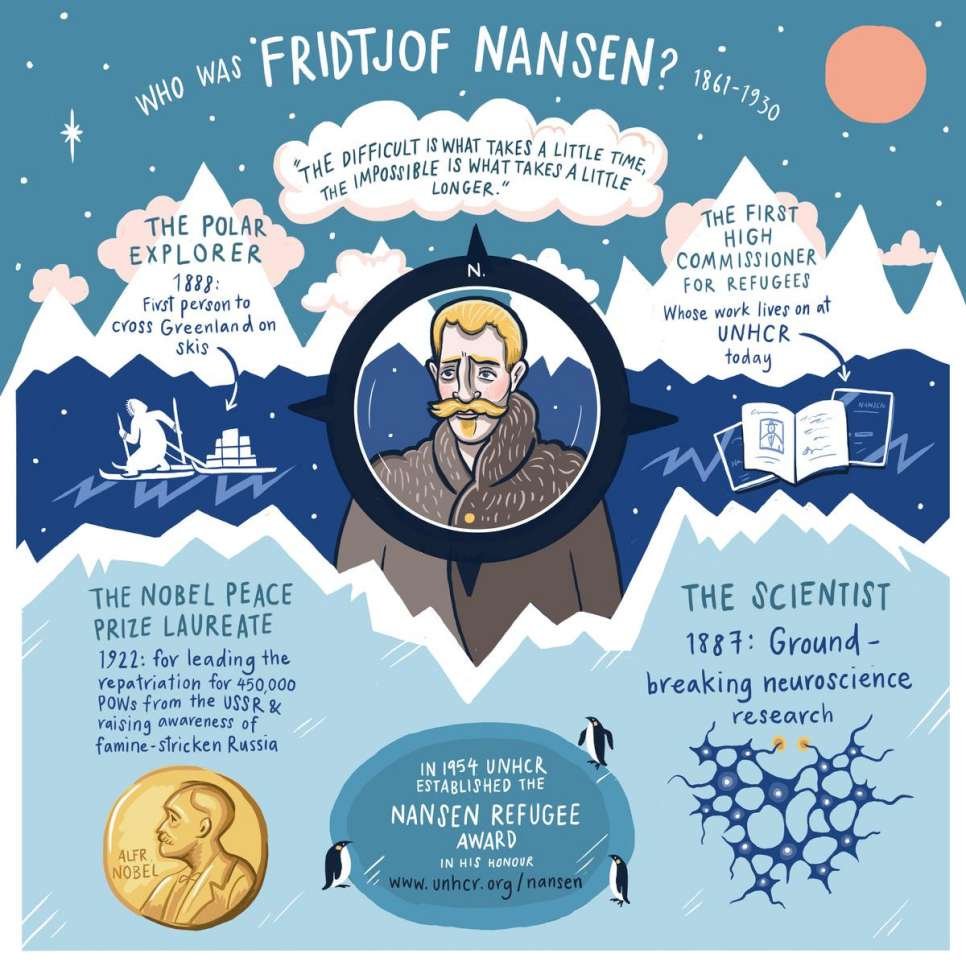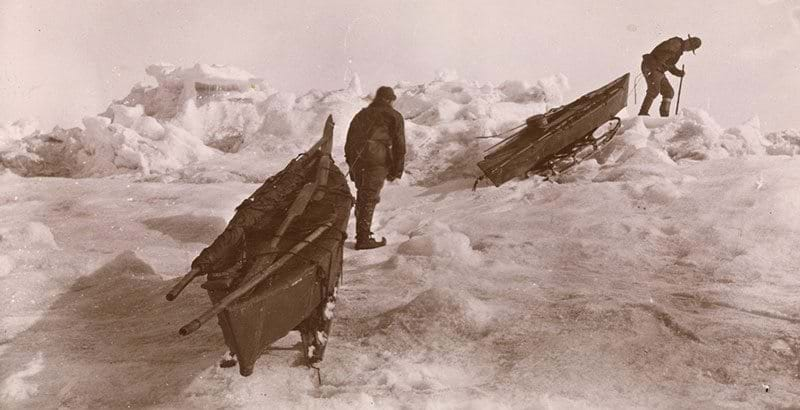#GeoAdvent Day 2's goodie is #Norwegian #explorer, #sportsman, #geographer, #oceanographer, #scientist, #diplomat, #humanitarian and Nobel Peace Prize laureate Fridtjof Nansen (1861-1930): ‘The difficult is what takes a little time; the impossible is what takes a little longer’/1
Fridtjof Nansen was born into a relatively prosperous family near Christiania (now Oslo) in 1861.He loved the outdoors and became an excellent athlete. At 18 he broke the world record for one-mile #skating and subsequently won 12 national cross-country #skiing championships /2
While studying #zoology at university, Nansen visited the #Arctic on a sealing vessel, making detailed scientific observations on winds, ocean currents, ice movements, and animal life. This ignited a passion for the far North which would culminate in two remarkable voyages /3
During six years as curator of the natural history collection at the Bergen Museum, Nansen was also engaged in groundbreaking studies of #neuroanatomy. He successfully defended his PhD just 4 days before his departure to #Greenland @dublindeadzoo /4
In 1888, Nansen’s team was the first to successfully traverse #Greenland. Following meticulous planning, they travelled westwards from the uninhabited east coast. He reasoned that there could be no retreat as there was only one way to go — forward! /5
Nansen's #Polar voyage (1893-6) took him farther North than any human had ever previously travelled, although they didn't reach the North Pole. The specially-designed #Fram served as an oceanographic-meteorological-biological laboratory /6
Nansen pioneered techniques and #survival skills for Arctic exploration. As an #oceanographer, Nansen invented a water sampling bottle, discovered an important Arctic current, noted the phenomenon of ‘dead water,’ reported ‘dirty ice,’ and contributed to the Ekman theory /7
Nansen’s ship Fram (meaning ‘Forward’ in Norwegian), which he helped to design, was subsequently used by Roald #Amundsen for the first expedition to reach the South Pole in 1911 #Fram #Antarctica /8
As a research professor from 1897, Nansen published six volumes of scientific observations and continued to break new ground in #oceanography. He was involved in achieving Norwegian independence in 1905, and turned to diplomacy, becoming Norway’s first #ambassador to Britain /9
WWI changed Nansen's focus. #Humanitarian work as League of Nations first High Commissioner for Refugees included repatriation of 400,000 prisoners of war, introduction of the ‘Nansen Passport’ for stateless refugees, providing relief for Russians dying in the 1921-22 famine /10
Nansen was awarded the Nobel Peace Prize in 1922, learn more here @NobelPrize: https://www.nobelprize.org/prizes/peace/1922/nansen/biographical/ /11
For schools, here’s a lovely infographic from @Refugees @UNHCRIreland https://www.unhcr.org/about-fridtjof-nansen.html /12
Learn more about Nansen’s 1897 visit to the Royal Scottish Geographical Society @RoyalScotGeoSoc here: https://rsgsexplorers.com/2017/02/06/fridtjof-nansen/ and be sure to note the coincidences concerning the number 13! /13
Fridtjof Nansen was a truly extraordinary individual who made an enormous contribution to humanity. I hope that these tweets have whetted your appetites to discover more #LoveGeography #GeoAdvent /ends

 Read on Twitter
Read on Twitter